- Joined
- 18 October 2006
- Messages
- 4,211
- Reaction score
- 4,919
Umm... I made it up.Is the designation "TF-7A" just for the Finnish proposal or also for a US proposal?
Umm... I made it up.Is the designation "TF-7A" just for the Finnish proposal or also for a US proposal?
When did they show it?Umm... I made it up.Is the designation "TF-7A" just for the Finnish proposal or also for a US proposal?
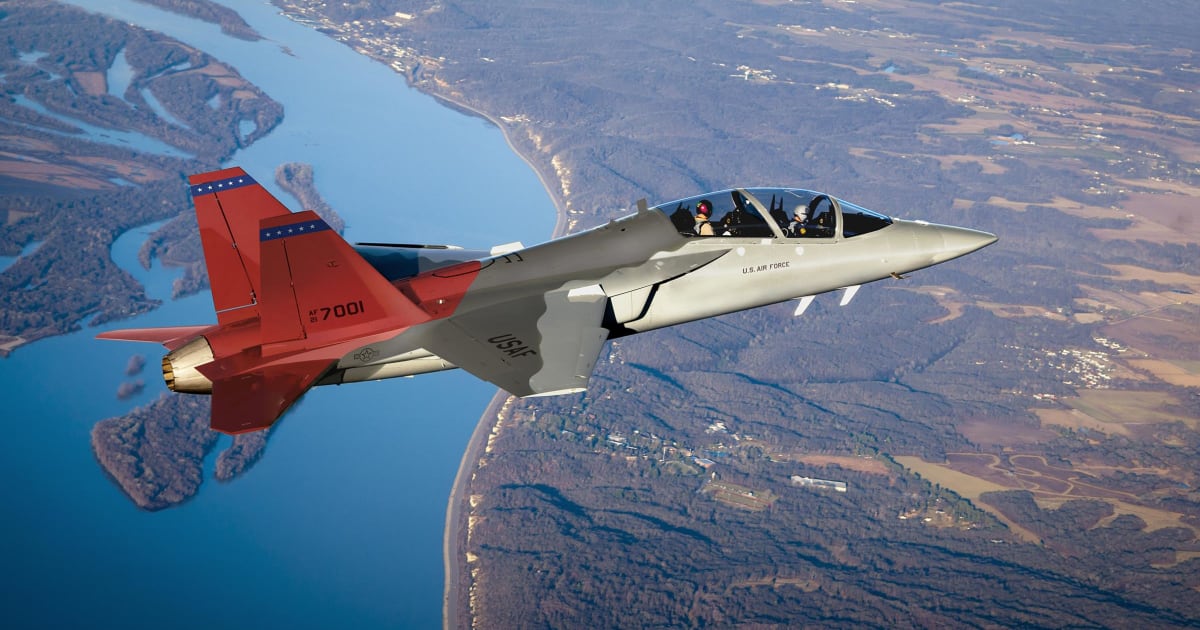
The RFI said the aircraft sought will be used for initial tactical training, “adversary air support,” and as a “tactical fighter surrogate of existing and future” Air Force frontline fighters. The Air Force wants “feasibility, estimated cost, and schedule for at least 100” of these aircraft and as many as 200 more in lots of 50. The service wants a two-seat airplane “plus an option for a single seat” model with options to use the rear seat area for other mission gear.
The airplane sought would have capability for a speed of Mach 0.9 and be able to “replicate current and future fighter aircraft systems” by providing an embedded training environment to build “transferable skills, systems management skills, and decision-making skills” for weapons employment. The jet is to have a large cockpit display and one hardpoint on each wing to carry at least one Air Combat Maneuvering Instrumentation pod or a Combat Air Training Missile. The hardpoints also have to be able to carry an external fuel tank or an electronic attack or countermeasures pod or “other future pods.” Endurance is to be 90 minutes, of which 30 minutes would be “tactical maneuvering.” The jet is to have a ceiling of at least 45,000 feet and have a structural instantaneous G of 7.5, plus a sustained 6G maneuver.
The controls must have a “universal stick and throttle connection” to “enable reconfiguration of the flight controls to mimic Hands on Throttle and Stick of frontline” Air Force fighters.
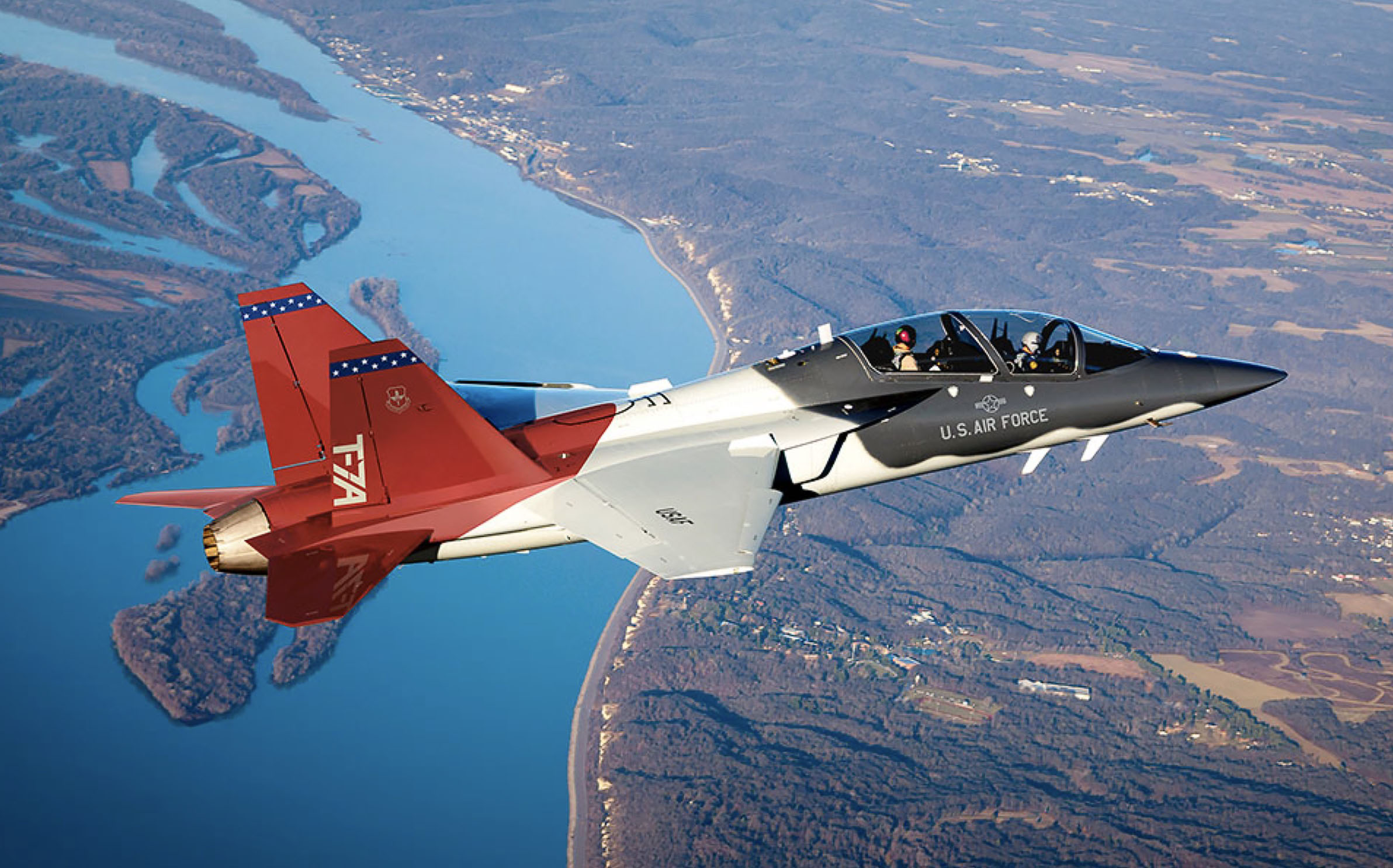
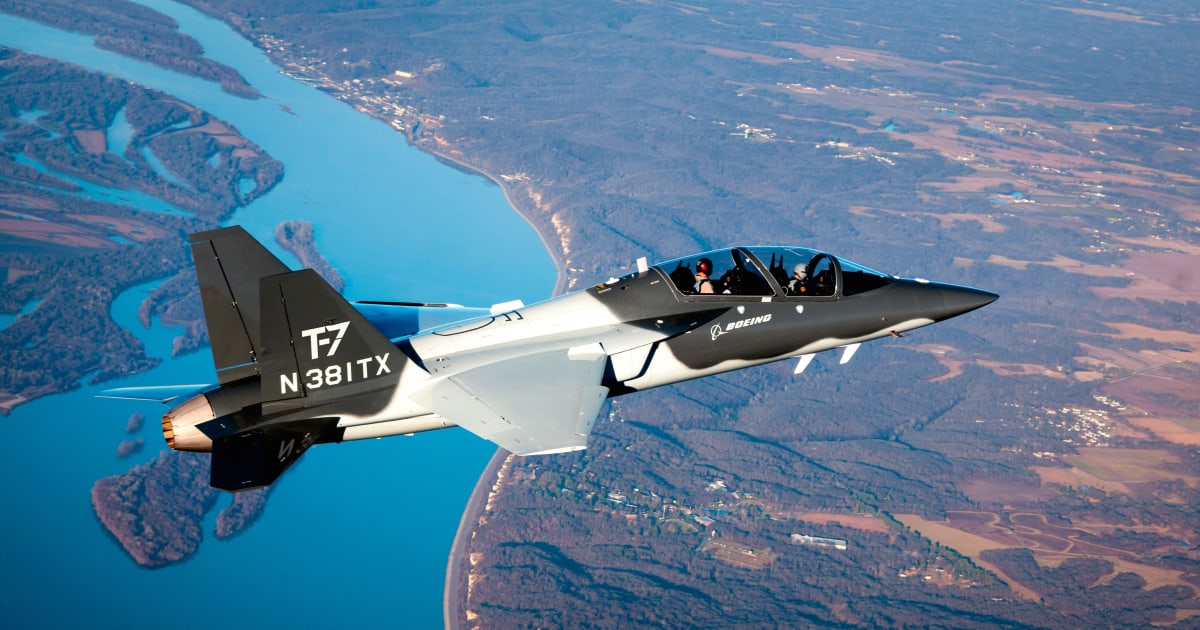
Officially the Saab 105s are expected to operate through to 2025 but one could probably reasonably assume that the T-7A will be seen in Flygvapnet sometime in the near future.any news if Sweden plans to purchase any since Saab is one of the partners?

 www.thedefensepost.com
www.thedefensepost.com
Well Its alternative LM/KAI T-50A has only about 2700kg of fuel (assuming that the aircraft's internal fuel capacity is the same as T-50). I am curious how much TAI Hurjet which is another trainer with F404 and said to have a longer range than T-50 could hold fuel internally.I would never have guessed that the T-7 has only around 2000kg of fuel (1/3rd less than a Hawk)!
Could you share your link? This is an interesting development.Also FlightGlobal reports that wing rock problem is solved!
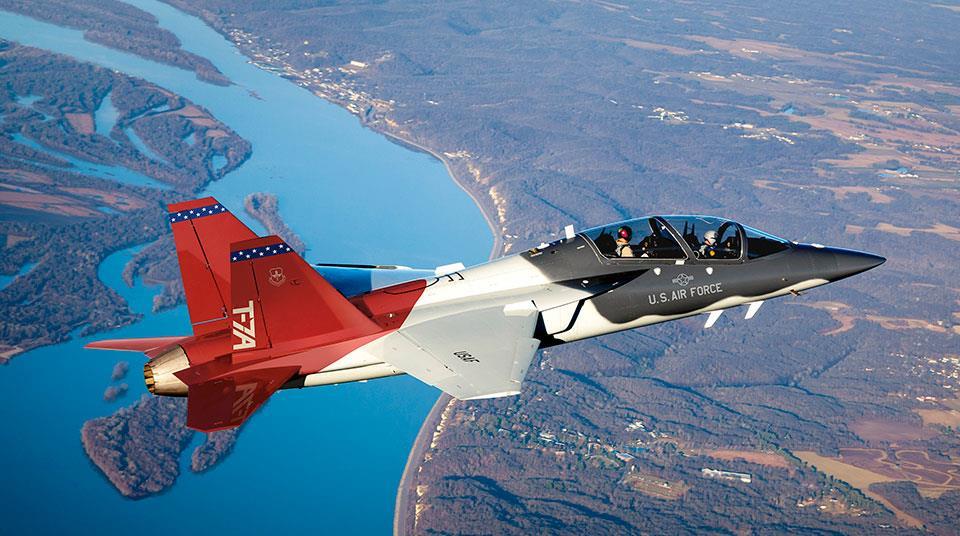
Thanks mate, but I couldn't find any reference from the article saying that the wing rock issue is now solved. However, I could quickly find another flightglobal article reports that Boeing claims that the wing rock issue is fixed. So I assume the fix is not actually confirmed by the USAF nor Pentagon? I mean It is possible that I could have missed something since I couldn't access to the whole artice because of paywalls.@SgtGungHo : Here it is:

US Navy interested in 64 ‘Tactical Surrogate Aircraft’
The aircraft would supplement flight time and training in frontline combat aircraft, provide adversary air support and serve as a flight lead aircraft for Fleet Replacement Squadrons, a unit that trains naval aviators on frontline combat aircraft, such as the Lockheed Martin F-35C and Boeing...www.flightglobal.com
Thanks mate, but I couldn't find any reference from the article saying that the wing rock issue is now solved.
Niewald also says that a ‘wing-rock’ issue discovered in mid-2021 has been resolved. In flights with the two T-7A prototypes, it was found that the wings tended to rock left and right at high angles of attack.
“We collected more data, were able to bring that down, model it, fly some updates in our manned hardware simulator to model our simulation efforts,” he says.
Following this work, a software fix was devised and loaded onto a test aircraft. A series of flights was conducted under different conditions to ensure the issue was resolved.
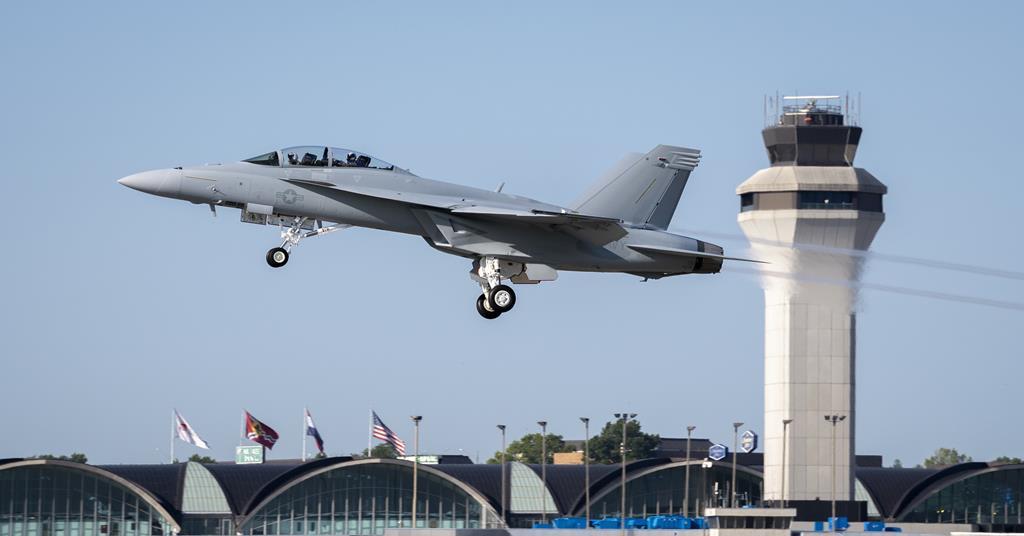
Asked if acquiring the system—the requirements of which are very similar to the capability in the new T-7 trainer—will have to wait until the T-7 buy is complete, Kelly said the ATT won’t necessarily be a T-7 variant.
The T-7 program of record is 349 airplanes, Kelly said, and Air Education and Training Command needs those as soon as it can get them, to train the youngest aviators.
“There could be a different solution out there,” he said, but “I need to get our aviators, as soon as I can, something that is not such a leap” from 1960s technology in the T-38 to 2021 technology in the F-35. “Right now, I’m putting that tactical bridge on the shoulders of our young instructors on the flight line.” But he has, again, signaled the acquisition community that the fighter trainer needs to come sooner than later. He needs something cheaper than $20,000 per hour flying cost, but “closer to $2,000-$3,000 an hour.”
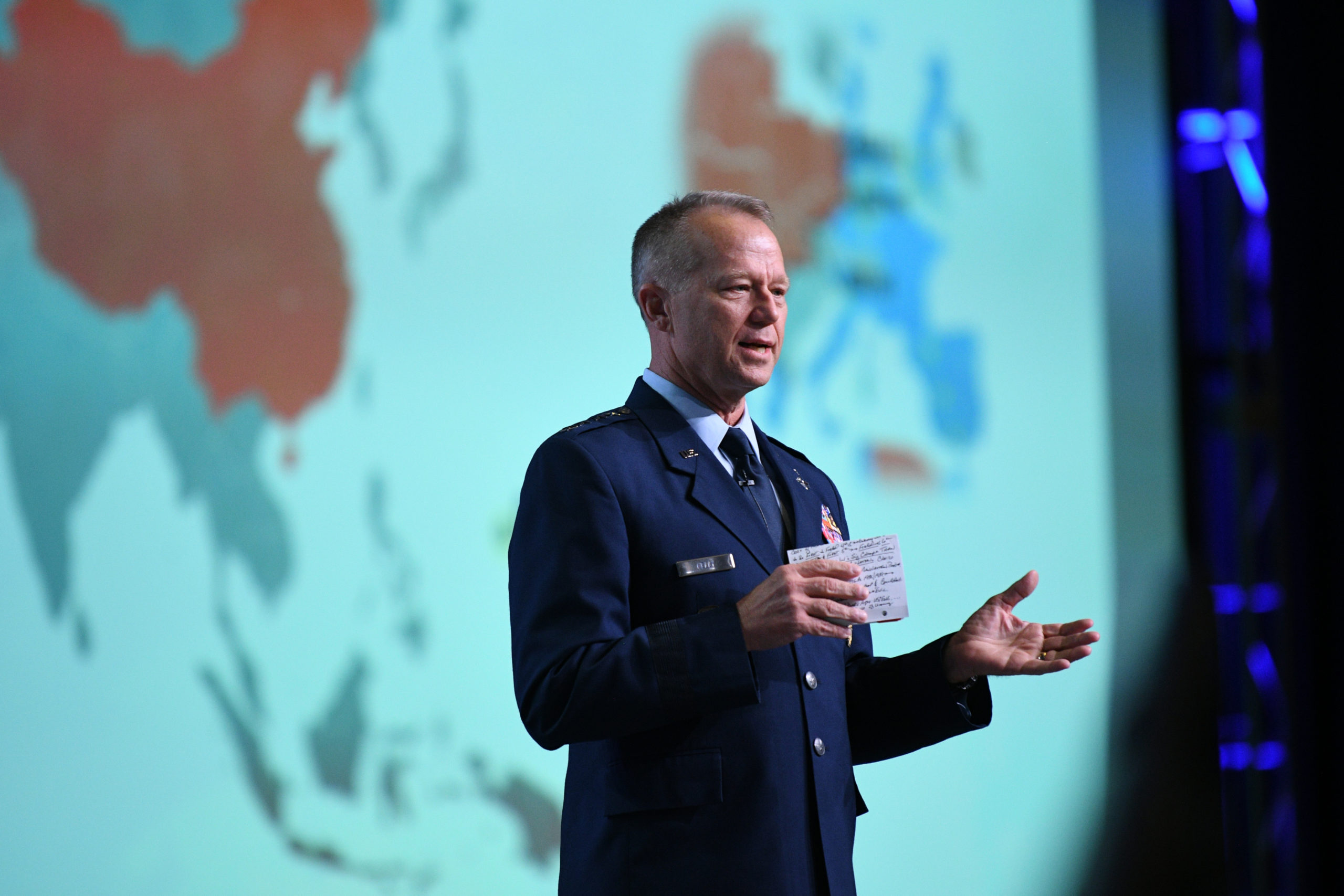

Not until 2030s at this stage.Australia will probably be the next operator. Given industrial connections between Australian and Boeing, I can't think of a valid reason why Austarlia would want anything other than T-7A, especially when USAF will use the AJT.

More on the ATT (Advanced Tactical Trainer) effort:
Asked if acquiring the system—the requirements of which are very similar to the capability in the new T-7 trainer—will have to wait until the T-7 buy is complete, Kelly said the ATT won’t necessarily be a T-7 variant.
The main issue known as wing rock was discovered during flight testing, said Paul Niewald, Boeing’s vice president of T-7 programs.
“We saw an anomaly in the data,” he said during a briefing with reporters in September at the Air Force Association’s annual conference. “We had this wing rock at 25/26 degrees angle of attack — so the left and right wing gently rock back and forth.”
Brown, speaking during a media roundtable at the confab, said the service and Boeing were addressing the issue.
“We’re working … with them to solve this together and do it at an affordable price,” he said. “I haven’t seen anything to give me the indication it’s going to go beyond the slight delay.”
Niewald told reporters later that the issue has now been resolved and the fix required no hardware changes. He touted the benefits of digital engineering in helping to solve the issue.
“We went and fixed it before the first [engineering and manufacturing development] aircraft ever flies,” he said. “That shows how we’ve been able to use digital engineering to know where those uncertainties lie.”
Seems like they've cleared envelope expansion up to 550kts. Good progress for Boeing/Sabb.
I miss the days when aircraft would go supersonic on their first flight ;-)Seems like they've cleared envelope expansion up to 550kts. Good progress for Boeing/Sabb.
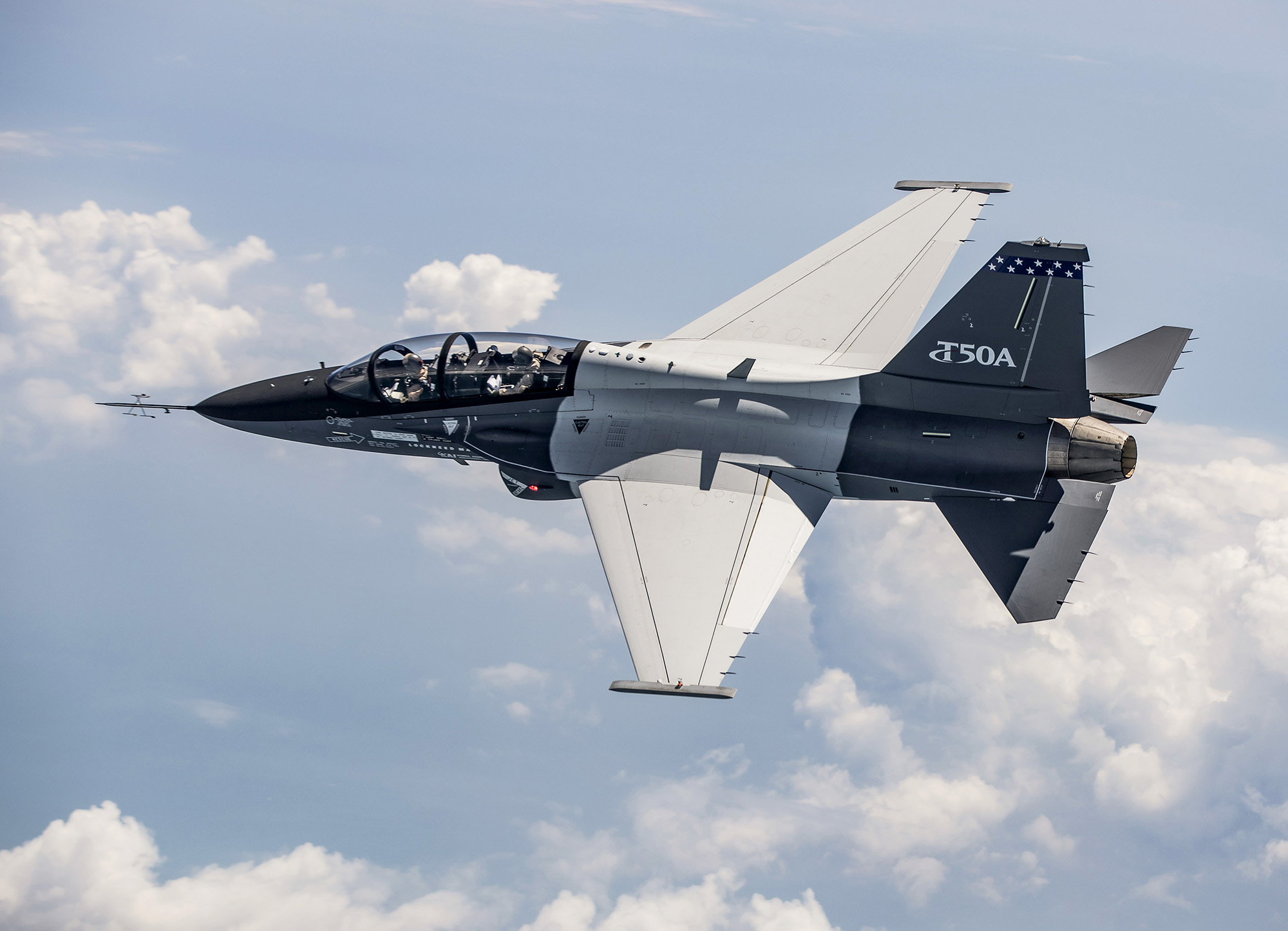
USAFの戦闘の強化をするI do not have the full proposal. This is the only other image I have of the Navy T-7B.
